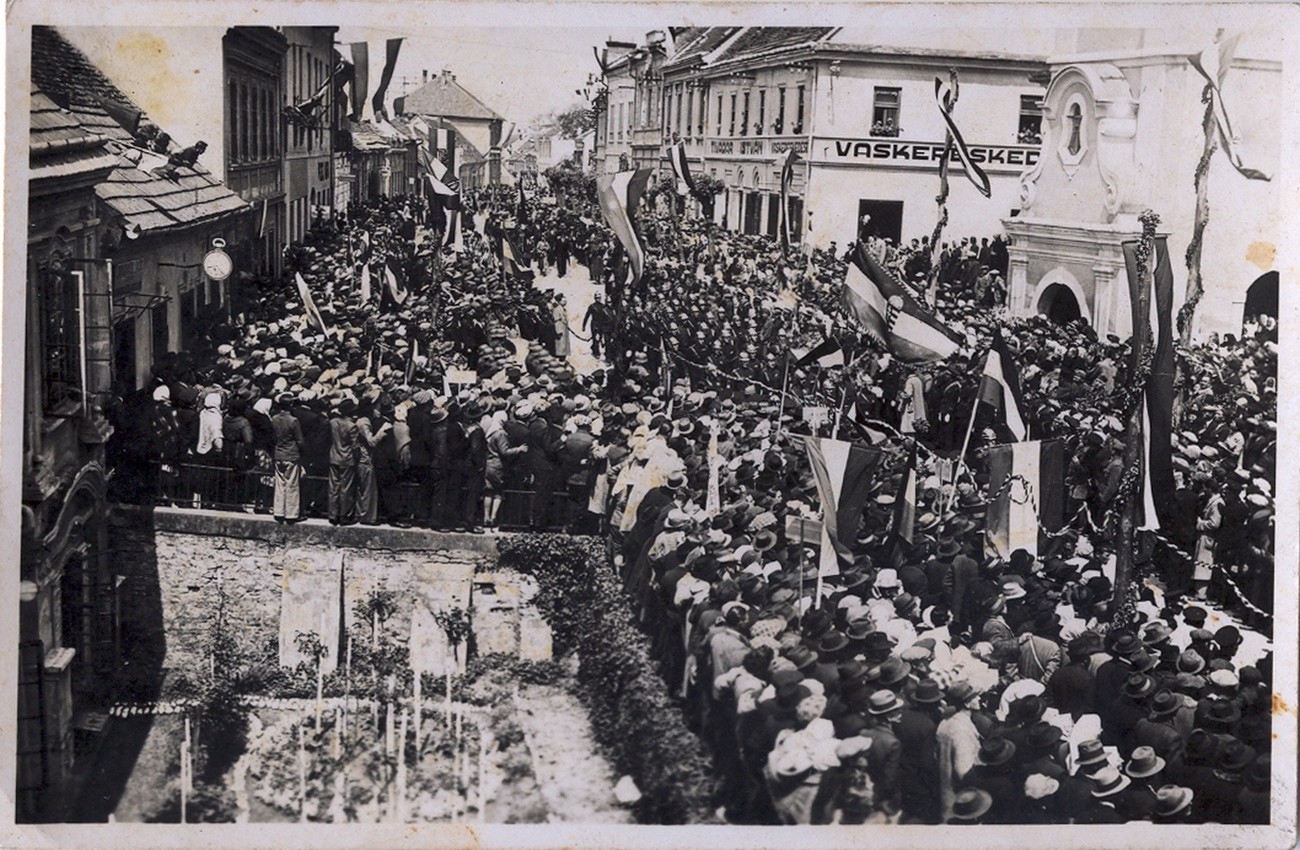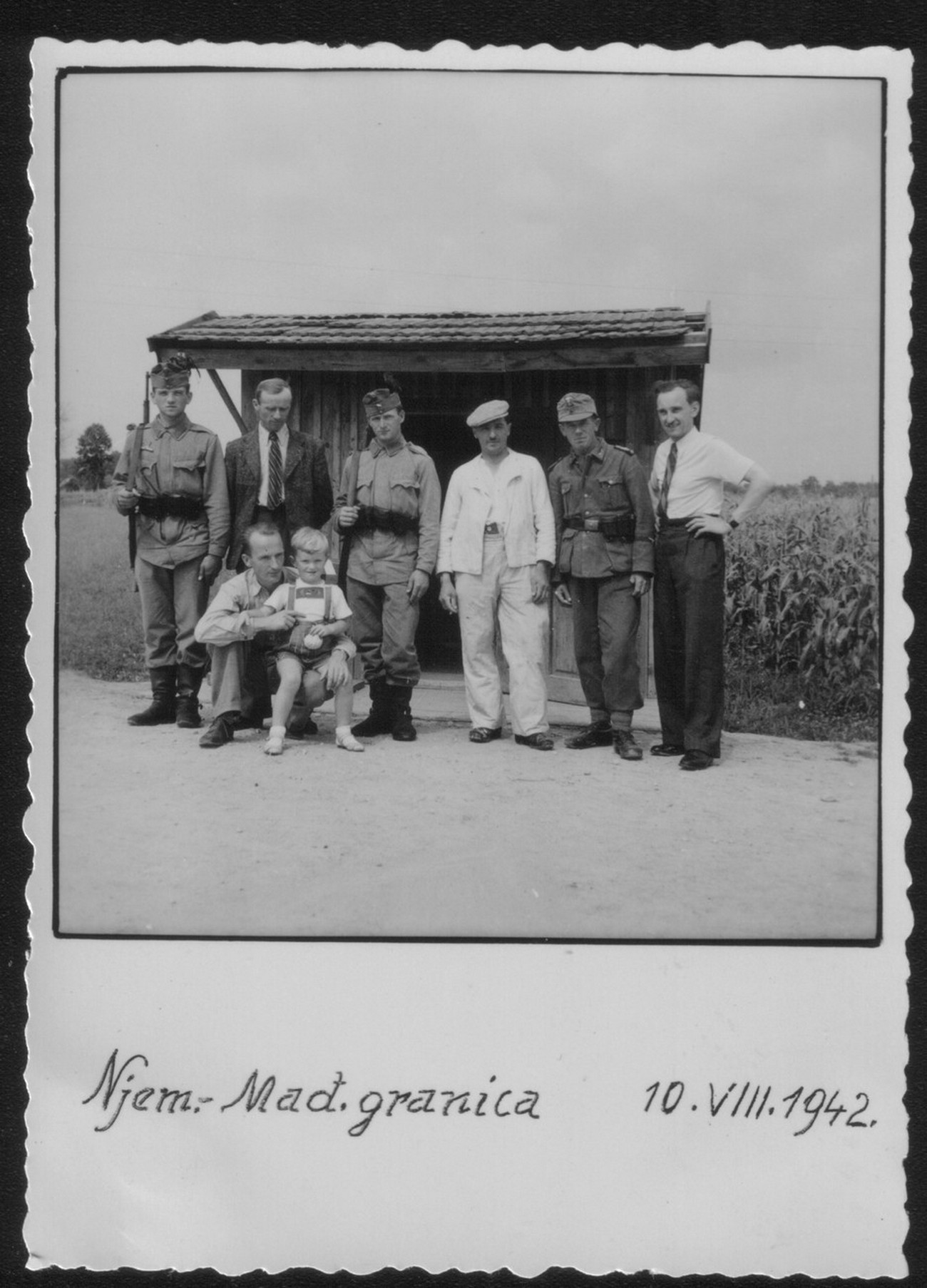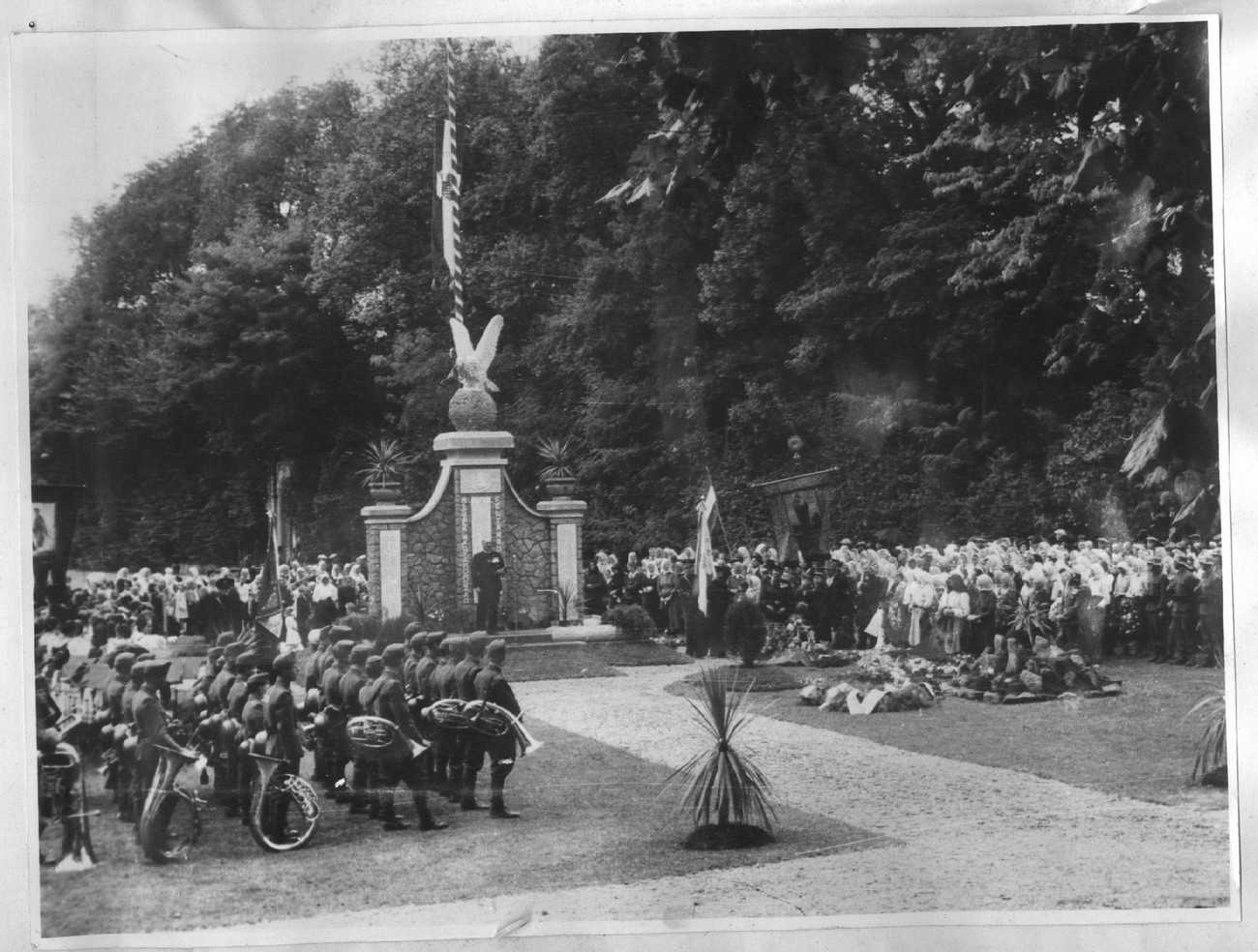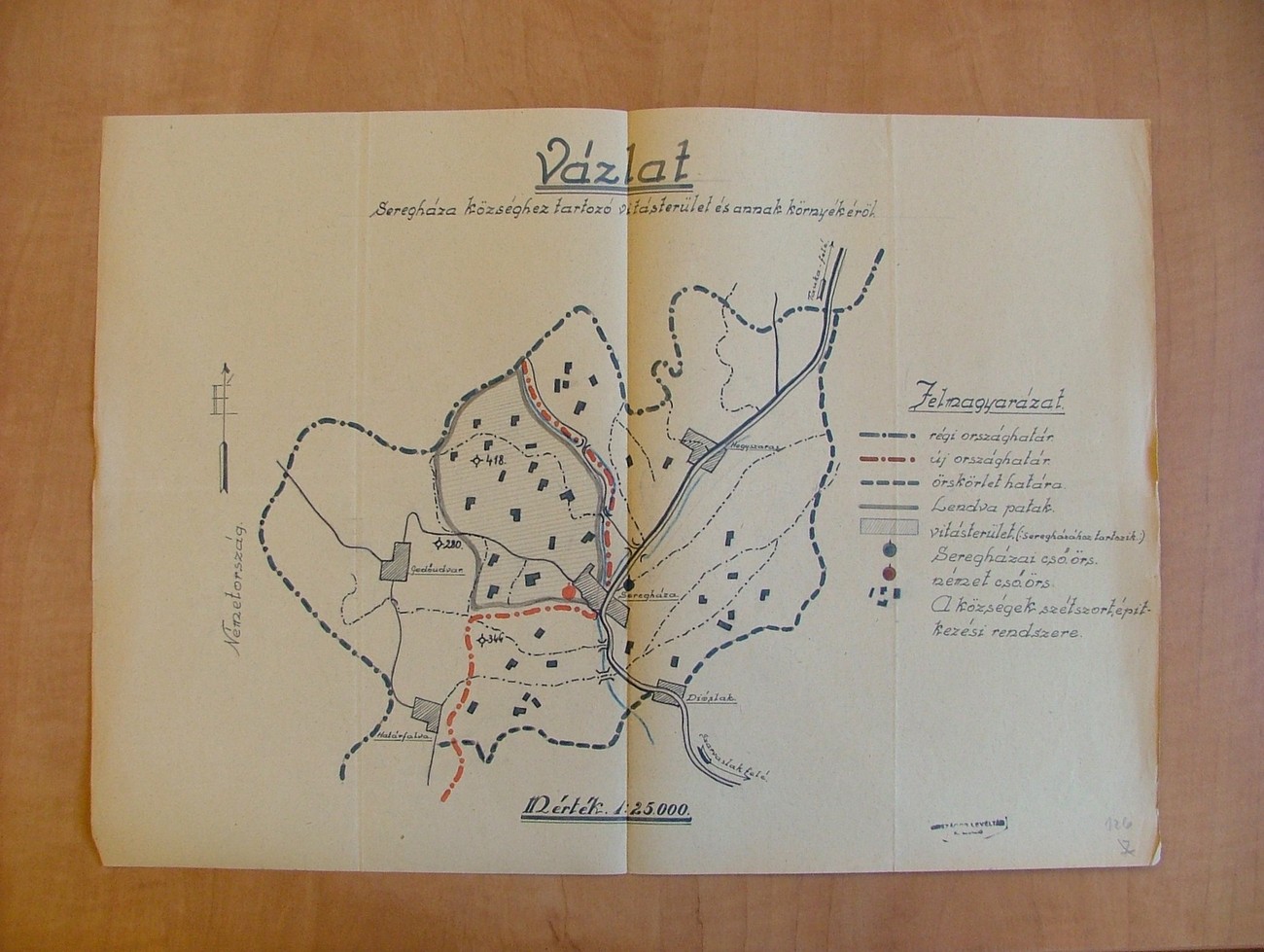Prekmurje was occupied at first by Germans who then turned it over to Hungarians on 16 April 1941 at a ceremony in Murska Sobota. Around 90,000 inhabitants came under Hungarian occupation, including some 15,000 Hungarians. The Hungarians considered this newly acquired territory a part of the lost southern provinces (Délvidék). The population had mixed feelings; the Hungarian minority and a segment of the pro-Hungarian population was in favour of Hungary, while a smaller segment was enthusiastic about Germany. Localities with a majority German population fell under Germany: Fikšinci, Kramarovci, Ocinje and Rottenberg, as part of the divided Serdica. Similarly as the Ledava Stream, the left tributary of the Mura River – the Kučnica Stream had the role of a boundary; as a border stream it had been used as a natural boundary line between the German Empire and Hungary since the Middle Ages, but now it no longer separated the territory of the Kingdom of Yugoslavia and Austria, but that of Germany and Hungary. Thus the tripoint became a bipoint.
The administrative regime from before the end of World War I was re-established. Prekmurje was divided into the Lendava and Sobota Districts, which the Hungarian parliament ratified with an act adopted on 16 December 1941, with which it re-annexed the southern provinces to Hungary after more than two decades. After the Germans occupied Hungary in March 1944, the Jews of Prekmurje were deported to concentration camps pursuant to anti-Semitic laws. Most of them were executed in April and May 1944 in Auschwitz. Even the Slovene officials, teachers and colonists from the Primorska region, who had fled from the atrocities of the Isonzo Front and later of Fascism and had found their new abode in Prekmurje at the then state border between Yugoslavia and Hungary (the border towns of Benice, Petišovci, Pince, Kamovci and Dolga vas), were not spared by the Hungarian occupier. In June 1942, the settlers from Primorska were evicted and interned at the Hungarian camp Sárvár as the so-called non-autochthonous people of Prekmurje. Slovenes in Prekmurje once again had to get used to Hungarian names, to the Hungarian education system and to the overall control exerted by repressive authorities. The armed partisan resistance was crushed at the beginning of the occupation, however, there was a continuous silent resistance of the intelligentsia, who were convicted at several trials. Prekmurje was liberated in four days, from 30 March to 4 April 1945 by Red Army soldiers and partisans of the Prekmurje Company.





